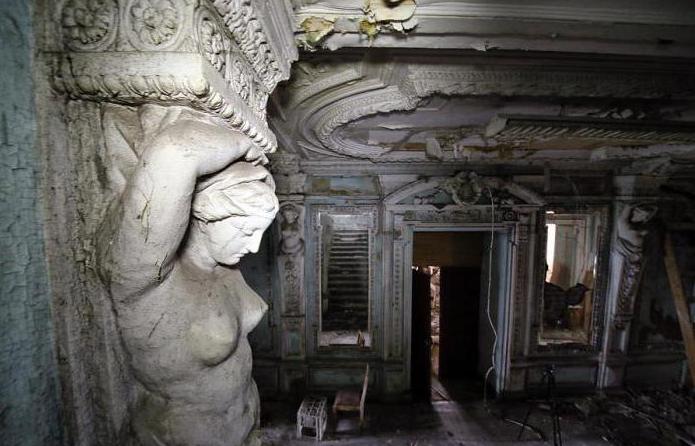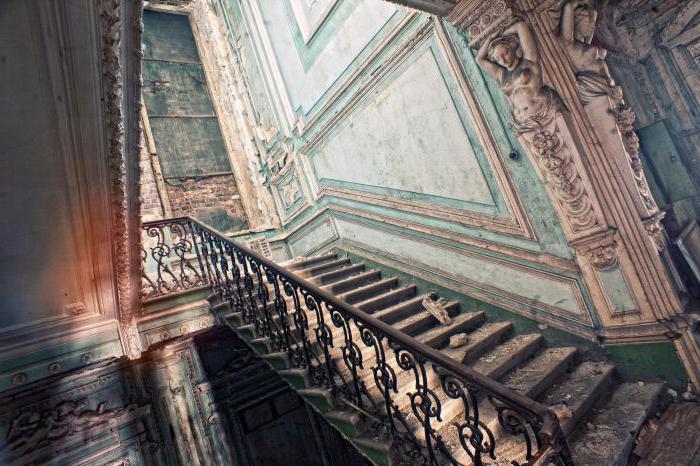Interesting places of St. Petersburg attract tourists to the Northern capital all year round. A huge army of travelers comes here from all over the world to see with their own eyes the numerous attractions of this city and touch the past of our country.
Interesting places of St. Petersburg
The first place that comes to mind for those who want to get acquainted with the museums of the Northern capital is the Hermitage. The impressions of his visit remain in the memory of foreigners for a long time. No less popular among tourists and the Russian Museum.
Sights of St. Petersburg are amazing in their diversity. For more than three centuries this city has been a crossroads of cultures - European and Slavic.
On official excursions, visitors to the city are expected to visit palaces, museums, monumental sculptures and a huge amount of historical information. Here on every street you can see unusual buildings and monuments. A variety of cultural trends is reflected in the exhibits of more than two hundred museums in St. Petersburg. Among which there are such unusual and interesting places as the Freud Museum of Dreams and many others.

After seeing the most famous places of the Northern capital and having been to many of them, most tourists are eager to see those sights of St. Petersburg, the existence of which even local residents do not always know. In the city on the Neva there are many abandoned mansions that have preserved the former greatness, which keep the secrets of the past era and live their very mysterious lives. Many legends and stories are associated with them. This is the estate of the Demidovs, the mansions of the Stieglitz, the Brusnitsins, the cottage of Gromov and many others. Each building is a masterpiece of architecture. Vega's mansion is no exception.
How to get
Many abandoned old houses of the Northern capital outwardly look very deplorable and unattractive. But it is worth it to be inside, as the sensations completely change. That is exactly what the G.I. mansion is. Vege is the founder of the local ultramarine plant. It is located along Oktyabrskaya Embankment, Building 38, on the right bank of the Neva. It’s quite difficult to see it right away, because the Vega building is hidden behind the dense fence of the territory of the Pigment research and production company. You can find it using the navigator or accompanied by a professional guide, since this landmark of St. Petersburg is not included in the main sightseeing routes. Unfortunately, the abandoned mansions of the Northern capital are not intended for mass visits. And this is understandable. Many of them are in disrepair, and it’s very dangerous to enter them at times.
Description
The Vega mansion was built at the end of the nineteenth century - around the year 1890. Historians have not yet been able to determine the exact name of the architect. It must be said that outwardly the Vega mansion is not particularly noteworthy. And only its rich interior makes it possible to understand how beautiful and rich this house looked more than a century ago.
The structure belongs to such a direction in architecture as eclecticism. In Russia, it had two stages of development - "Nikolaev" and "Alexander". Vege Mansion belongs to the second.
The eclectic architectural style that dominates tsarist Russia from the thirtieth to the nineties of the nineteenth century is rich in stucco molding. The mansion of the industrialist Vega, built according to its basic principles, is no exception.
Interior decoration
On the ground floor, right in front of the stairs, a beautiful stucco molding has been preserved on the ceiling. Fragmented on it guesses the old gilding. Stucco is on the stairs. It is also supplemented with caryatids. Climbing up the stairs, fenced with cast-iron cast-iron railing, you involuntarily pay attention to the faceted complex shape of the mirror. Once in a mansion owned by the industrialist Georgy Ivanovich Vega, one can imagine the conditions under which the bourgeois layer lived before the revolution.
Along the stairs are two long windows. They once had chic stained glass windows. Their fragments can be found in boxes scattered in a mess in one of the halls. Paired stained-glass windows were images of male and female figures looking at each other. Dressed in Renaissance clothes, they hold glasses in their hands. Above the figures are surrounded by flower bouquets and birds. The quality of firing, painting and glass itself is so high that even now, after a century, you can see a beautiful composition and ornament on them. The latter is made the same for both stained glass windows.

In the living room on the second floor, wall paintings are still preserved. They are based on floral motifs. Organically complement the ornament of roses on a green background stucco rosettes that adorn the ceiling. Unfortunately, to date, the painting inside the main ceiling has not been preserved. It is partially cleared on the walls, but covered with tracing paper. On the main facade of the building there is a balcony with a metal grill.
Owner Information
Kinoviev ultramarine plant was built in 1876 by industrialist Georgy Ivanovich Vega. Prior to this, this material was imported exclusively from Europe. This was the first ultramarine plant in Russia. Georgy Ivanovich Vege, being a German by nationality, bought Utkin's factory in St. Petersburg and set up production. Ultramarine, which produced his plant, bypassed the quality of even the dyes of the French - the founders of this direction. Their factory "Brothers Deschan" could not stand the competition and ceased production.
Contemporaries believed that Vega created the best conditions for his workers. After his death in 1912, the plant was inherited by his son, Robert Georgievich, Colonel.
A bit of history
The plant on whose territory the Vega mansion is located received its name thanks to the Alexander Nevsky Lavra located near Kinovia. This suburban bishop's farm with a monastery has existed since 1820. Sick and elderly monks who were fully supported at the monastery were placed here.
Today, the complex, considered an object of cultural heritage, is in disrepair. It is possible that very soon the Vega mansion will disappear from the face of the earth. The territory of the Kinovievsky plant was bought by the Pigment research and production company for development. In 2014, some buildings were demolished.
Current state
In the old days, it was in the Vega mansion that stunningly beautiful stained glass windows were known throughout Petersburg. But today they are stolen: torn straight from the frames. From the fireplaces, which were two in the mansion, the tiles were torn off, and only fragments remained from the stucco molding.
Unfortunately, today the mansion silently "dies." Inner dampness kills his magnificent stucco molding. But what is most sad: the city authorities believe that it is already impossible to restore it.